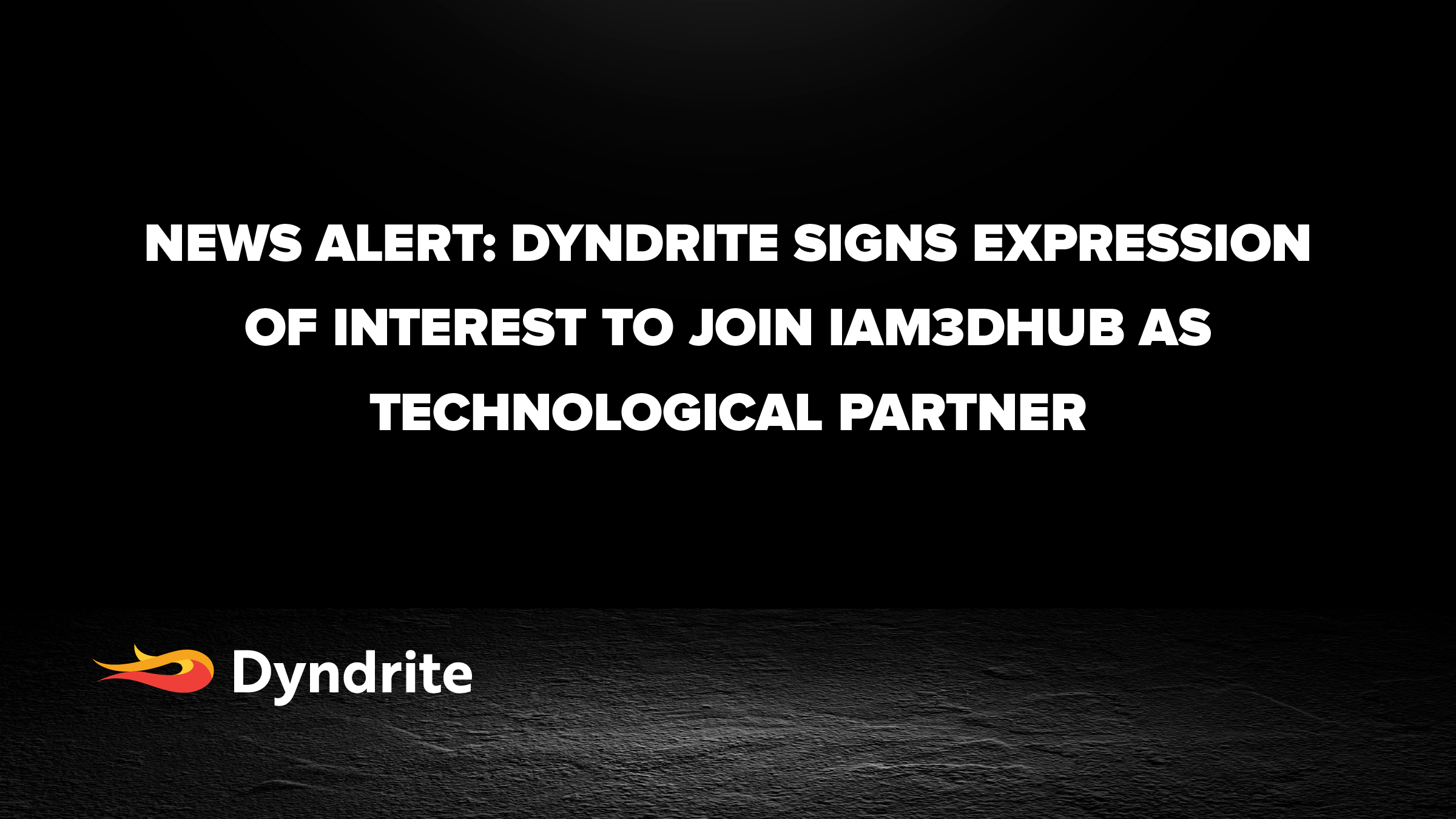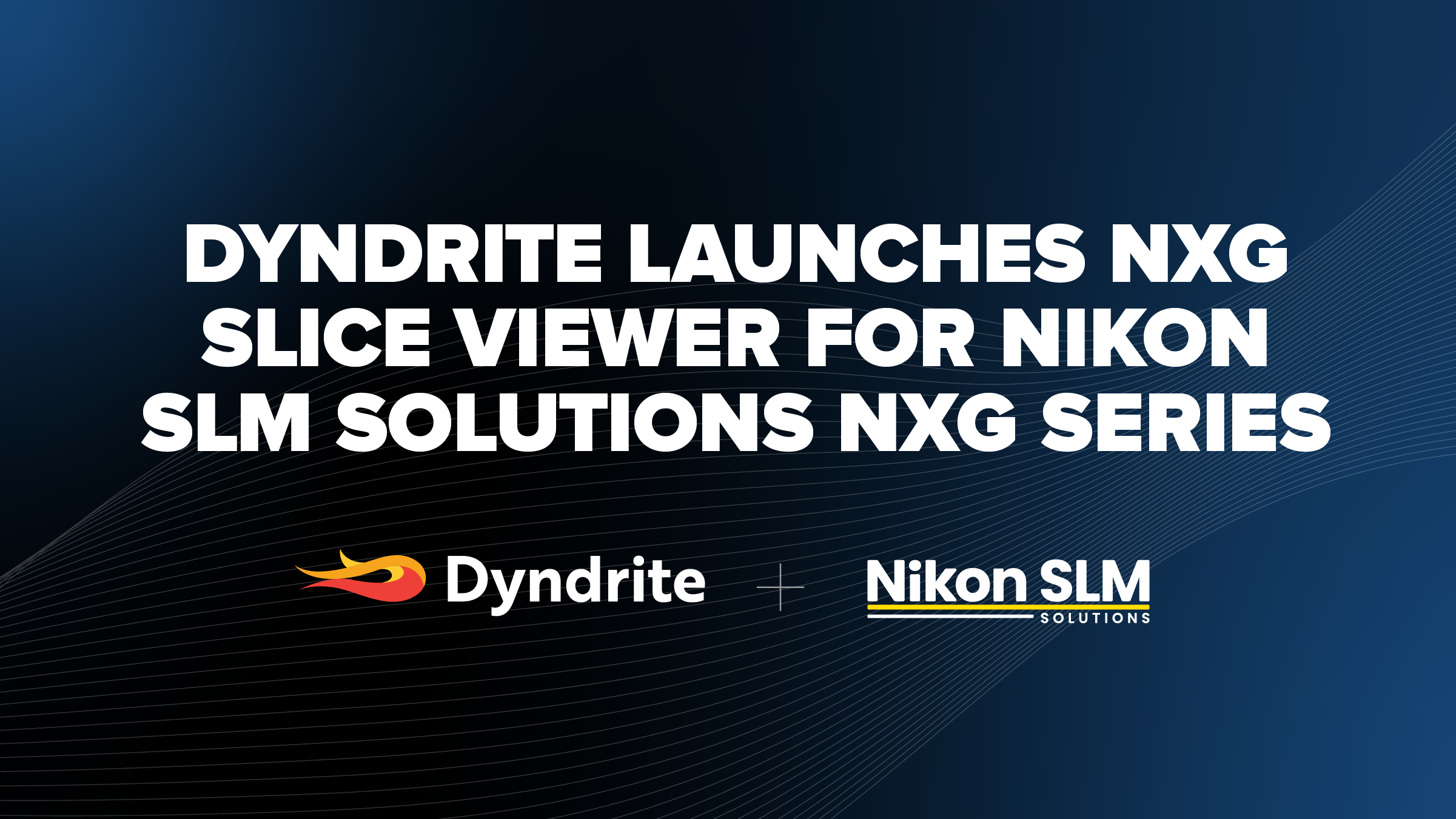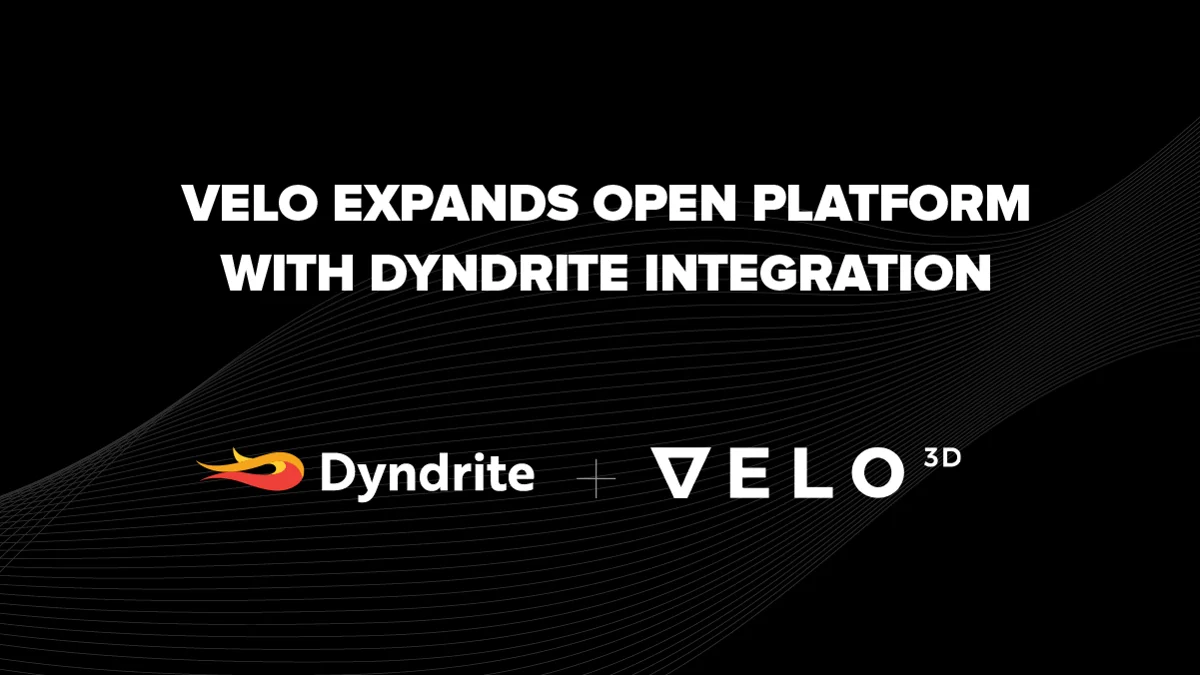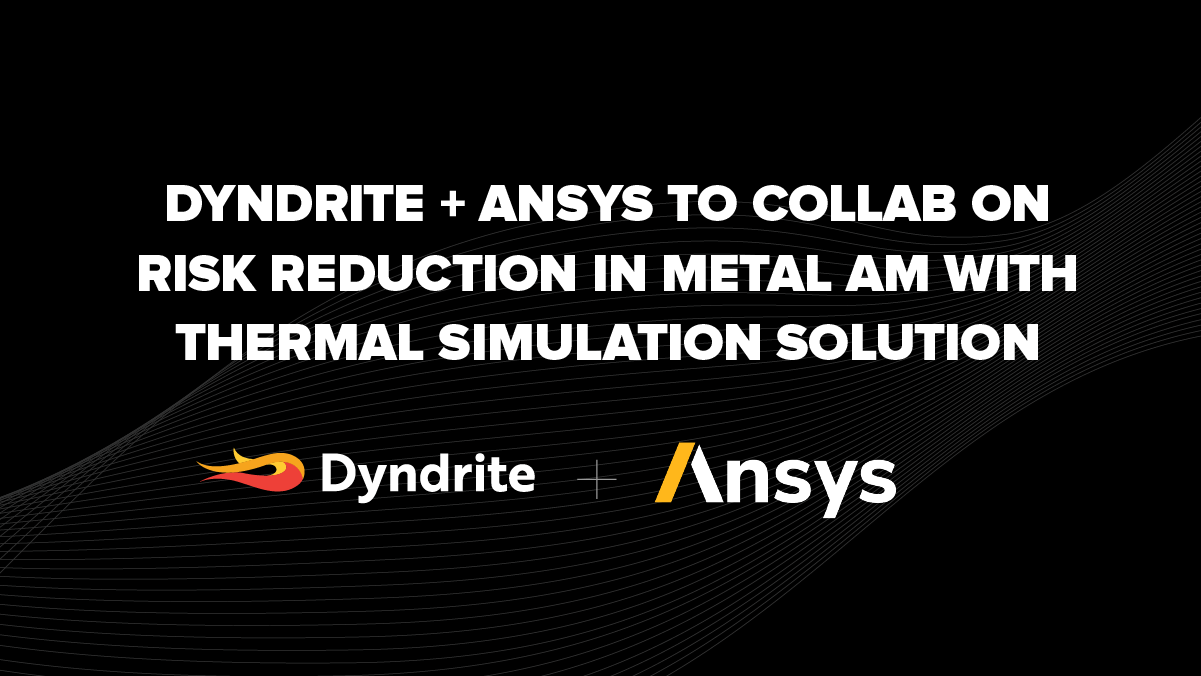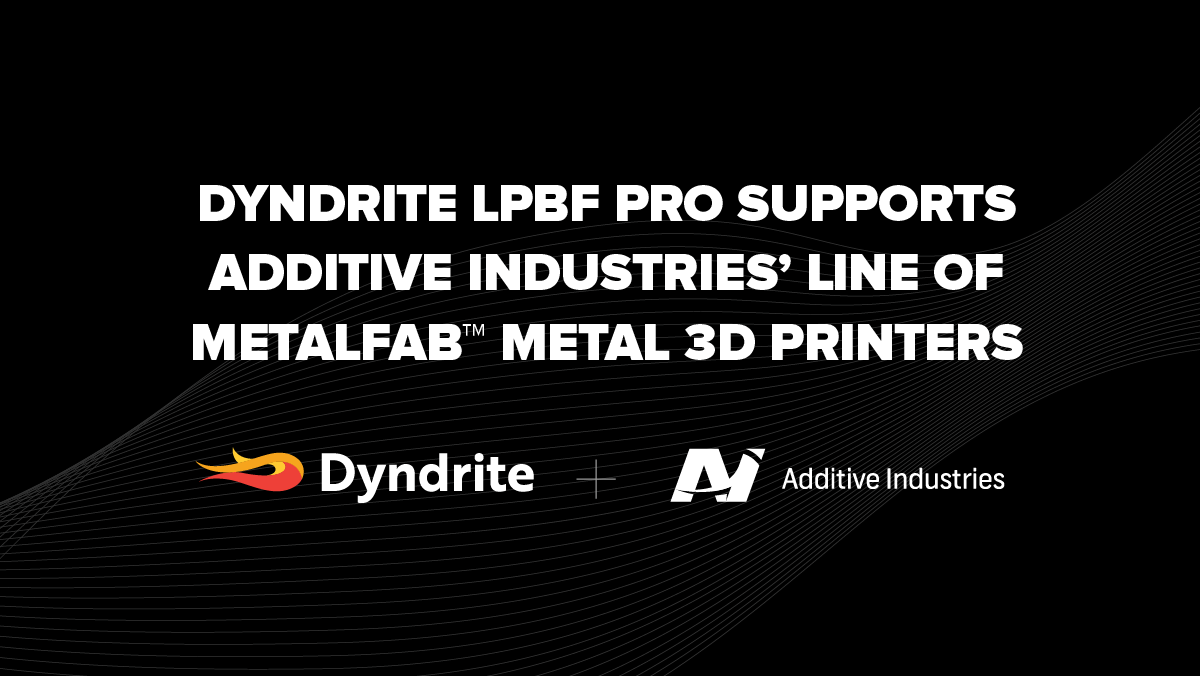Why Dyndrite for material and process development workflow?
Imagine having full control over the process
Regardless of the process, the aim is to improve the build rate, quality of parts, types of printable parts, and/or materials by applying the correct compensations and toolpath parameters.These compensations are done by either changing laser parameters (scan velocity, focus, laser power, etc.), geometric parameters (hatch distance, offset distance, stripe width etc.), and the sort order of exposure.
Dyndrite provides you with an accessible set of APIs that enable you to generate toolpath geometry based on where you are in the part, assign custom laser parameters to this geometry, and take fine control for what order that geometry is exposed to the laser. This enables you to make your own recipes based on geometry that can be applied on a layer-by-layer basis - per geometry per feature or within a special area in the geometry. Dyndrite provides total control of your geometry vector process, enabling compensations that ensure successful first-time prints, higher build rates, and better quality parts.
Compensations are based on:
- hardware (gas flow/bed conditions and part location)
- material (powder)
- geometry of the part itself
Hardware and material compensations are machine-level corrections for the manufacturing process and are accounted for in a qualification and calibration process. These are machine settings based on the individual metal 3D printer and the materials being used. For example, machines tend to be different and may need custom scaling applied to parts based on where they are located within the volume.
The compensation for the part itself requires advanced analysis of the geometry. Based on “how far inside” the part you are, and the “angle” of the nearest surface, one may want different laser and geometric toolpath parameters. For example, you may want to expose the core of a part only every 4 layers with a high hatch distance and laser power (to focus on productivity, porosity, and material properties), while exposing specific downskins every other layer with lower laser power and hatch spacing (to avoid distortion, dross, and part powder interactions), and the outer contours every layer (for desired surface finish).
Unlock Access ↓Dyndrite enables this advanced analysis via GPU accelerated volumetric segmentation. This volumetric segmentation allows us to break up any geometry into various areas of interest. We then assign different colors to each of these areas and by proxy vary laser and geometric tool path parameters. These differing colors represent an additional part-level compensation based on part features, beyond the hardware-, material-, and part location-based compensations.
Dyndrite’s volumetric segmentation and toolpathing API surpasses current layer-by-layer based Boolean toolpathing methodologies to enable advanced 3D geometric queries into the part. Volumetric 3D assignment of parameters is based on distance from upward or downward faces, or the nearest surface. 3D fields are generated, thresholded, and Booleaned to enable the assignment of different parameters within a single model using the API. The discrete zoning process allows you to develop a robust build strategy, resolving large and small features at the resolution of the machine. This enables high throughput in thicker sections, reducing the need for complex supports, and enabling new materials and special alloys. This ultimately allows you to expand the use of new materials and machines, further enabling new classes of part families.
The current 2.5D approach requires looking up and down 10+ layers at a given layer for part analysis to inform the print strategy for subsequent layers. This approach misses part features such as thin walls due to abrupt changes between layers. This approach is also unstable and error prone compared to the computationally intensive but direct 3D approach Dyndrite uses.
Dyndrite’s volumetric geometric feature detection enables users to precisely prescribe custom build recipes/process parameters to reach desired outcomes.






